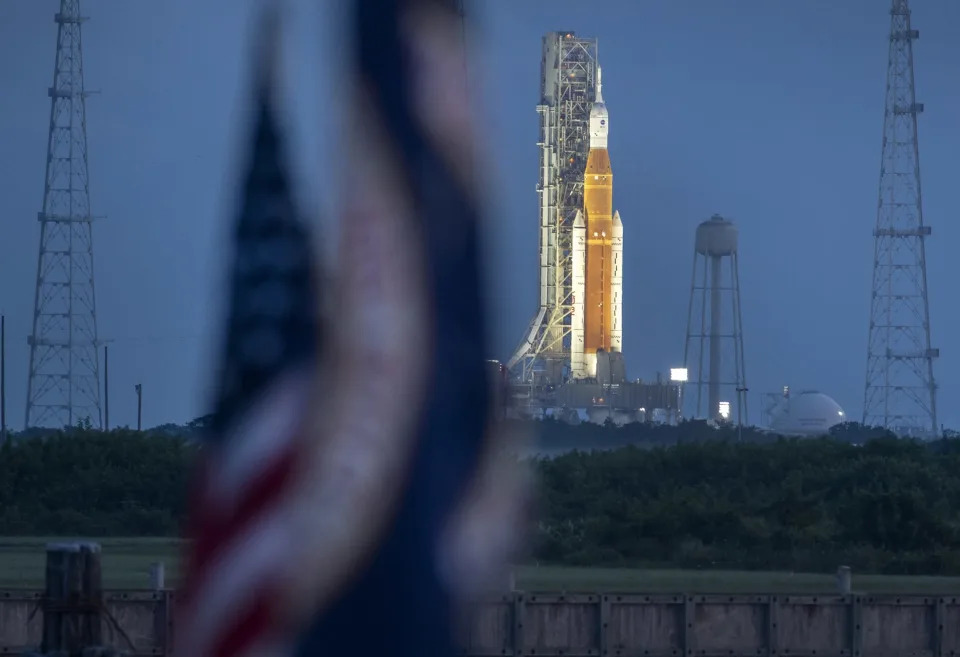NASA’s Artemis I lunar mission team acted to stop a new leak in the liquid hydrogen supply system to the central part of the SLS rocket, hours before the launch scheduled for this Saturday from Cape Canaveral, on the Atlantic coast of Florida, reported the US space agency.
After applying pressure with helium on the area of the leak, the flow of liquid hydrogen was resumed but very slowly to see if the leak had indeed stopped, according to a message posted on the website of the Artemis I mission.
NASA did not mention for now the possibility of having to delay again this historic mission that will pave the way for the return of American astronauts to the Moon with a view to a future colonization of the Earth’s satellite.
The two-hour launch window opens at 2:17 p.m. local time (6:17 p.m. GMT) on Saturday the 3rd and if for technical, meteorological or other reasons the takeoff has to be delayed again, the next attempt will be made on Monday the 5th. of September.
As happened on August 29, when a first attempt had to be canceled due to a failure in one of the four RS-25 engines of the powerful SLS rocket, the so-called “Coast of Space”, the region where the space center is located, it is full of visitors eager to watch the launch.
The objective of this historic mission is to test the capabilities of the powerful SLS (Space Launch System) rocket, 98 meters high (322 feet), and the Orion spacecraft, with capacity for four astronauts.
The SLS rocket, costing 4.1 billion dollars, will carry the Orion spacecraft in its upper cone, which will carry out a six-week mission during which it will orbit the moon.
Orion will have traveled 1.3 million miles (more than two million kilometers) when it returns to Earth.
If the launch takes place this Saturday and there are no unforeseen events in the mission, Orion will splash down in the Pacific Ocean west of San Diego (California) on October 11.
Since the failed Aug. 29 attempt, mission teams have updated procedures, practiced operations and refined timelines, NASA said Friday.
Among other things, they repaired a leak in one of the pipes, called umbilicals by NASA, that go from the mobile launch tower to the rocket and the spacecraft to supply power, fuel, coolant and communications.
Teams also readjusted or tightened bolts to ensure a tight seal when feeding supercooled propellants through those lines.
NASA has two more Artemis missions planned. The second will be a manned trip to the Moon and the third will put the first crew in more than 50 years on the surface of the Earth’s satellite.
The third will be the first woman and the first person of color to travel to the Moon.
NASA’s Apollo 17 mission, launched in December 1972, was the last in which American astronauts traveled to the Moon and walked on its surface.
Man first set foot on the Moon on July 20, 1969 during NASA’s historic Apollo XI mission. The Saturn V rocket, with the Eagle spacecraft at its tip, took off from Cape Canaveral four days earlier with Neil Armstrong, Michael Collins and Buzz Aldrin as crew members.

